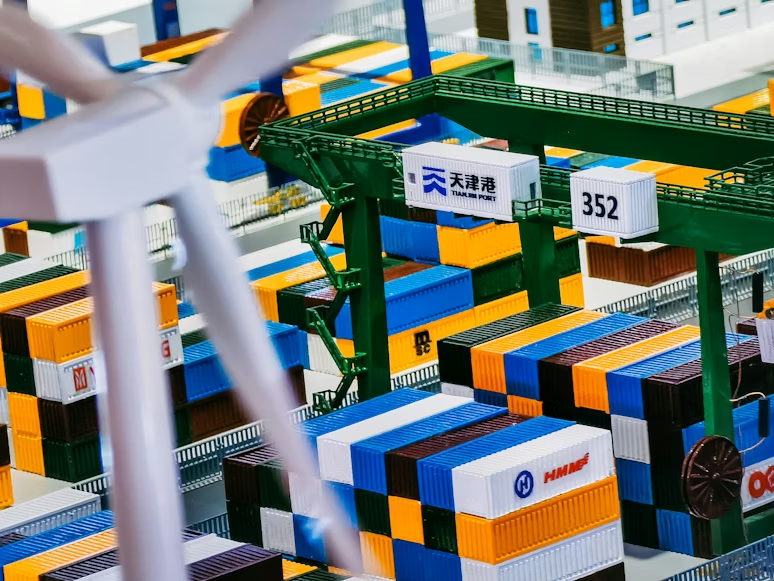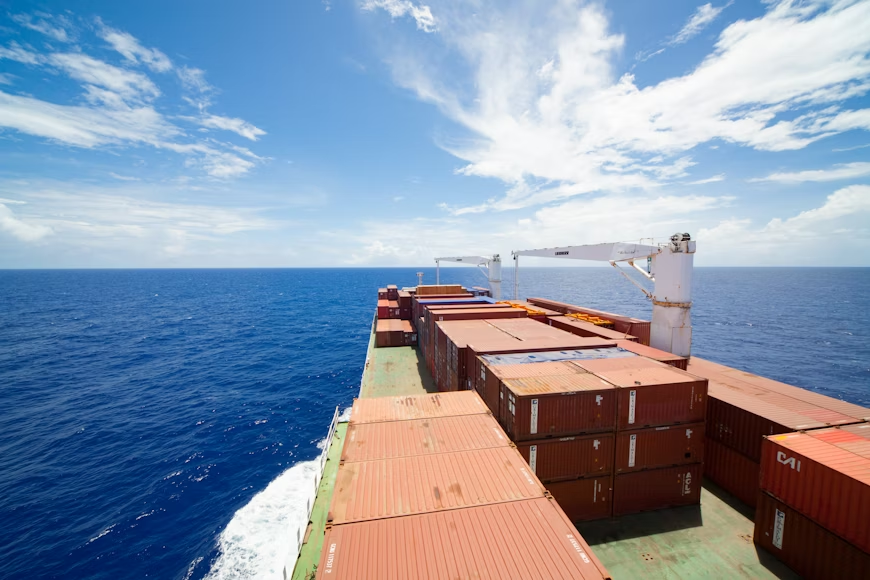Kazakhstan’s trade dynamics showcased notable shifts in the past year, with a recent report from LSM.kz on February 15 shedding light on these changes. Despite maintaining a significant presence as a supplier to nations like Italy and China and heavily relying on imports from Russia, Kazakhstan has observed a decline in its exports abroad, juxtaposed with a surge in imports.
Data from the Bureau of National Statistics reveals that Kazakhstan’s foreign trade turnover in 2023 amounted to $139.8 billion, marking a modest 3.2% increase compared to the preceding year. Within this turnover, exports constituted 56.2%, totaling $78.6 billion, while imports accounted for 43.8%, amounting to $61.1 billion. Notably, while exports experienced a 7% decrease, imports surged by 20.1%.
The export portfolio of Kazakhstan primarily comprises commodities such as crude oil, petroleum products, uranium, refined copper, copper ores and concentrates, ferroalloys, wheat, and meslin. Conversely, the domestic market witnessed an influx of goods like passenger cars, smartphones, telephones, bodies and cabins, medicines, and transport and aircraft spare parts.
Italy, China, Russia, the Netherlands, Turkey, and South Korea emerge as key export partners for Kazakhstan, while major importers include Russia, China, Germany, the USA, South Korea, and Turkey.
Within the framework of the Eurasian Economic Union (EAEU), Kazakhstan experienced a slight decrease of 2.8% in trade turnover, amounting to $28.5 billion. However, exports to EAEU countries saw a 9.4% increase, reaching $11 billion, while imports decreased by 9.3% to $17.4 billion.
During the first half of 2023, Kazakhstan’s export sector witnessed a significant decline of more than 15%, totaling $32.6 billion. Despite this downturn, crude oil remained the top exported commodity, constituting 63% of the total export value. Other notable exports included copper, copper cathodes, copper ores and concentrates, ferroalloys, wheat, natural gas, petroleum products, uranium, silver, and wheat flour or wheat-rye. Kazakhstan’s export market expanded to include countries such as Cambodia, Syria, Paraguay, and Liechtenstein.
On a broader scale, Kazakhstan’s overall foreign trade volume increased by 4.4% in the first half of 2023, reaching $53.4 billion compared to the corresponding period in 2022. China, Russia, and the European Union emerged as Kazakhstan’s primary bilateral trade partners, collectively representing 60% of the country’s foreign trade turnover.
The evolving landscape of Kazakhstan’s foreign trade underscores the importance of adapting to changing market dynamics and maintaining strategic partnerships to ensure sustained economic growth and stability. As Kazakhstan navigates through these shifts, policymakers and industry stakeholders are poised to explore opportunities for diversification, innovation, and resilience in the global trade arena.
Find the latest supply chain report news at The Supply Chain Report. For international trade tools, see ADAMftd.com.
#KazakhstanTrade #GlobalEconomy #ExportDecline #ImportSurge #EAEU #TradePartnerships #MarketDynamics #EconomicGrowth #CommodityExports #SupplyChain #ForeignTrade #KazakhstanEconomy #StrategicPartnerships #TradeDiversification

















